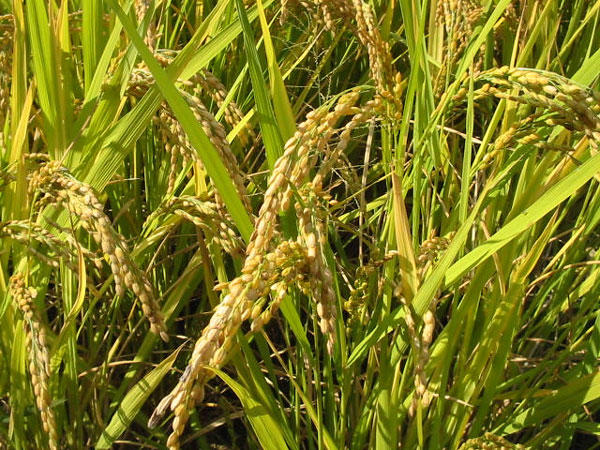Honor the scientific role in food security
According to a reporter at the United Nations, on March 30, United Nations experts have called on governments to promote the role of science in the fight to ensure global food security in the context of the entire population. demand will exceed 9 billion people by 2050.
>>>Wild rice helps solve food shortages
The United Nations study proposes strategic measures to feed the global population in the context of rising global population and poverty while ecosystems on Earth decline. Science plays an important role in the strategy of transforming the development model to integrate food security and sustainable agricultural production.

Put science at the heart of sustainable development; including sustainable agriculture, has become a challenge for national development strategies. Agriculture must have a resilience to recover stronger and develop a source of scientific knowledge that will promote the sustainability of food security in the context of climate change.
Research by the world's leading 13-country scientists recently announced in London (UK) also affirmed the role and responsibility of science in preventing environmental crisis, ensuring quality food supply and reduce the impact of climate change. While 12 million hectares of agricultural land are degraded annually, extreme weather events have caused global agricultural losses to 11.4 billion dollars in 2011. About 1.3 billion tons of food annually, accounting for one third of food production to feed people around the globe, being lost or wasted.
The challenge in the next few decades is to integrate science into the battle to increase food production without damaging the environment; while reducing post-harvest food losses, contributing to strengthening global food security.
UN experts and international scientists also stressed the responsibility of science in the context of 1.4 billion people worldwide living below the poverty line and 2 billion people living in dry areas. . Of the 4.9 billion hectares of agricultural land in the world, up to 3.7 billion hectares are being used for grazing and planting crops for livestock feed.
- ASEAN prioritizes food security and disaster warning
- Nuclear techniques help ensure food security
- Pluto will be the solution to global food security
- Hydropower cannot be developed at all costs
- Keeping food security during the economic crisis
- Manipulating food security?
- The role of saliva in sensing food taste
- Miracle fonio: A solution to the future food security problem
- Plastic made from food: Is it a good idea?
- Honor the effort to revive Bzazil agriculture
- Wild rice helps solve the lack of food
- Food should not be used for breakfast
 Vietnam 5th Asian champion on fuel-efficient vehicles
Vietnam 5th Asian champion on fuel-efficient vehicles We can read all NASA studies completely free of charge
We can read all NASA studies completely free of charge Singer and songwriter Bob Dylan won the 2016 Nobel Prize for Literature
Singer and songwriter Bob Dylan won the 2016 Nobel Prize for Literature Scientific revolution in Asia
Scientific revolution in Asia